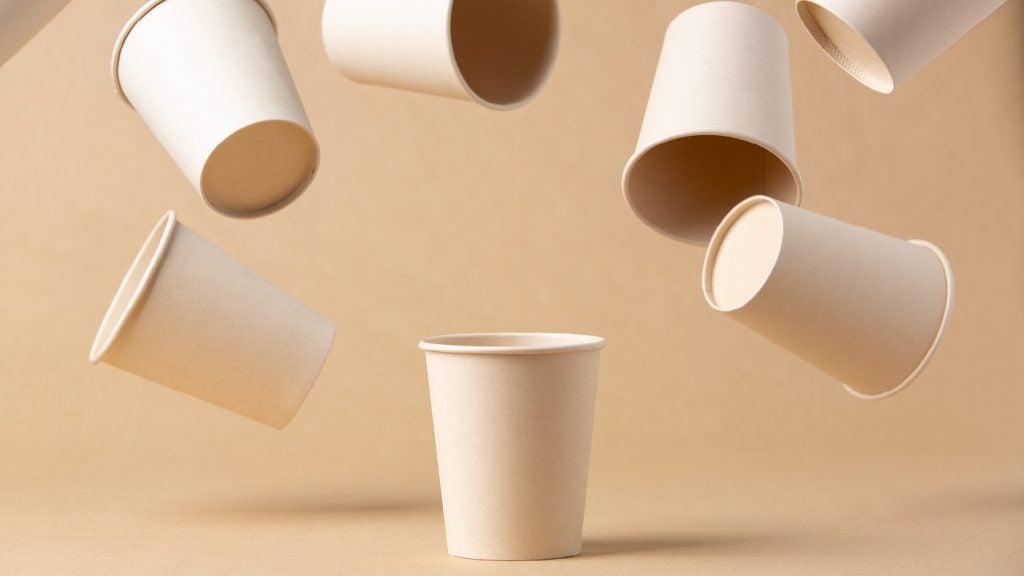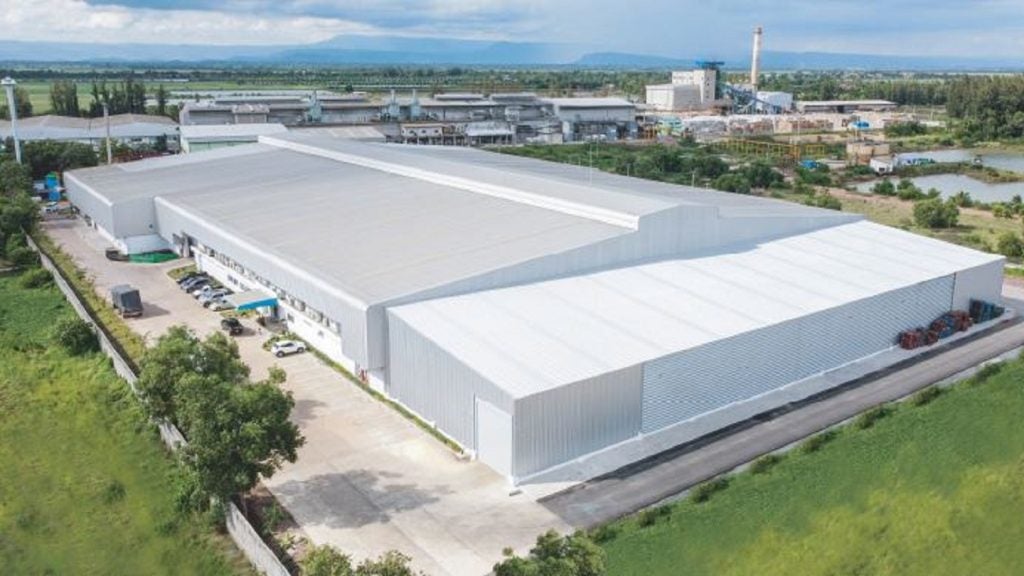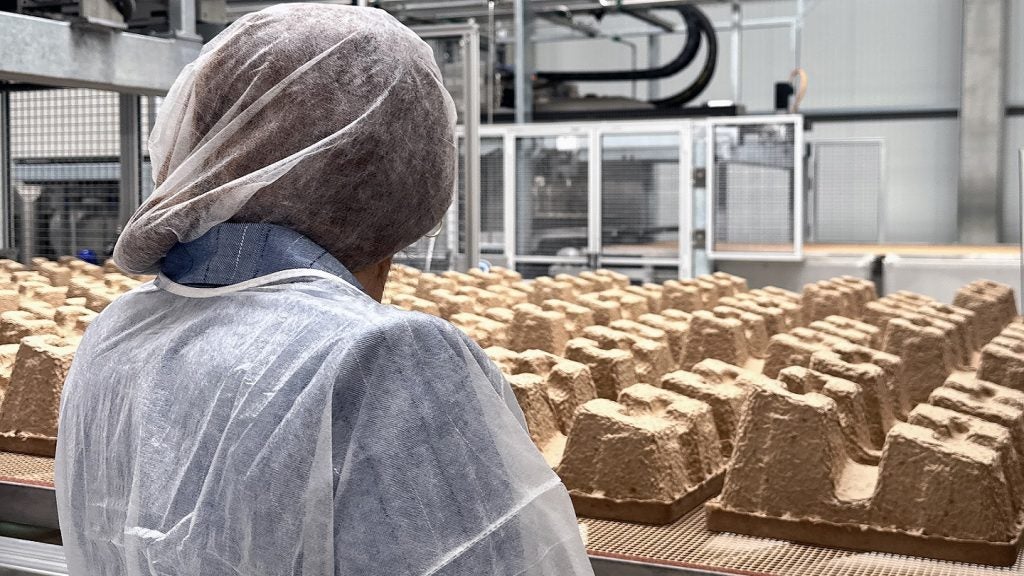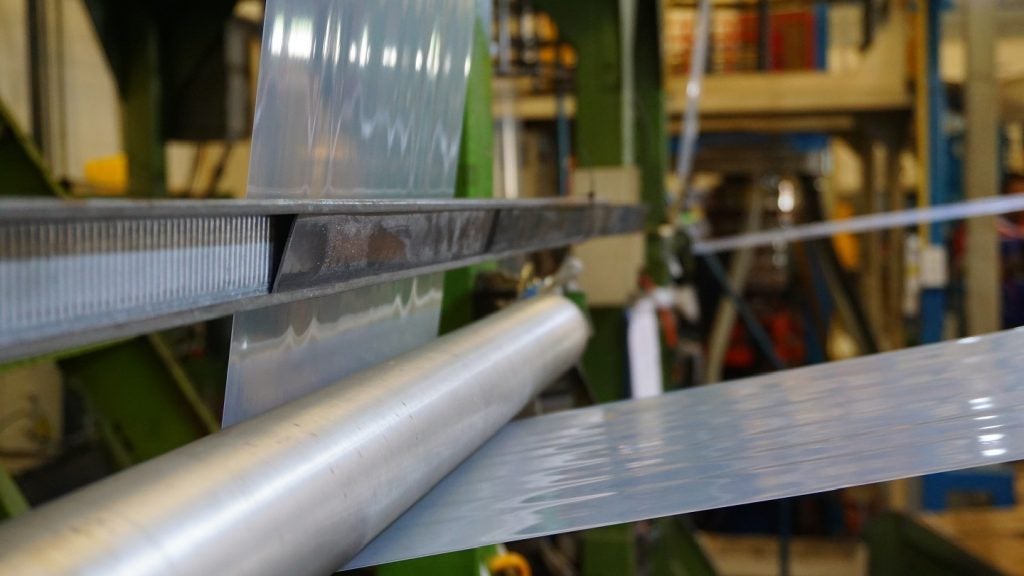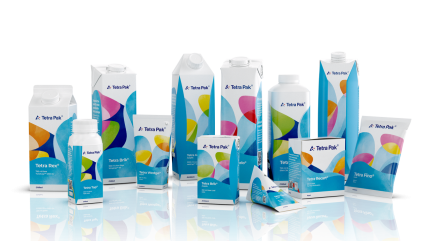
Tetra Pak has been at the forefront of packaging innovation for decades. Over the past 20 years, the company has evolved its carton designs and functionality to meet the changing needs of consumers and brands while maintaining a strong commitment to sustainability.
In an exclusive interview, Jason Pelz, Vice President of Sustainability for Tetra Pak in the U.S. and Canada, provided insights into the company’s journey and its future vision for carton packaging.
The evolution of carton design and functionality
According to Pelz, “Tetra Pak cartons have continued to evolve since the early 2000s to meet the changing needs of consumers and brands while working to reduce total environmental impact.”
One significant example of this evolution is the introduction of Tetra Recart, a package format that Pelz describes as “a modern and innovative alternative food packaging that is lightweight, mainly comprised of renewable, plant-based materials and recyclable.”
Tetra Recart can withstand processes traditionally reserved for metal cans and glass jars, showcasing Tetra Pak’s commitment to flexibility and innovation in packaging.
In addition to new products, Pelz emphasized that Tetra Pak has focused on usability improvements with innovations such as DreamCap and LightCap.
How well do you really know your competitors?
Access the most comprehensive Company Profiles on the market, powered by GlobalData. Save hours of research. Gain competitive edge.

Thank you!
Your download email will arrive shortly
Not ready to buy yet? Download a free sample
We are confident about the unique quality of our Company Profiles. However, we want you to make the most beneficial decision for your business, so we offer a free sample that you can download by submitting the below form
By GlobalData“DreamCap is an ergonomically designed closure specifically for on-the-go consumption,” he explained, while “LightCap is designed to keep plastic use to a minimum,” reflecting the company’s ongoing efforts to reduce environmental impact through thoughtful design.
A key milestone in Tetra Pak’s sustainability journey came in 2007, when the company launched the first carton with paperboard certified by the Forest Stewardship Council (FSC).
“Today, all Tetra Pak cartons can carry the organization’s logo,” Pelz noted, underscoring their commitment to responsible sourcing. Furthermore, Tetra Pak has introduced plant-based polymers to replace traditional fossil-fuel-based polymers.
These plant-based polymers, according to Pelz, “perform just like traditional polymers” but typically have a lower carbon footprint.
Looking to the future, Pelz highlighted Tetra Pak’s substantial investment in sustainability, stating, “In 2021, Tetra Pak committed to invest 100 million euros annually for the following five to ten years” to develop even more sustainable packaging solutions.
One key area of focus is reducing the carbon footprint of their cartons by replacing the aluminium layer with a paper-based barrier.
Pelz explained, “By replacing the aluminium layer in our Tetra Brik Aseptic 200 Slim Leaf carton with a paper-based barrier, we can reduce its carbon footprint by approximately one third.”
Significant milestones in carton recycling
Tetra Pak has made significant strides in improving the recyclability of its cartons. “Access to carton recycling is available to the majority of households in the United States and Canada,” Pelz stated, highlighting the widespread availability of carton recycling across North America.
One of the most pivotal developments in this area was the formation of the Carton Council of North America in 2009.
Pelz described the Carton Council as “an industry association, of which Tetra Pak is a founding member, dedicated to establishing a robust and sustainable infrastructure for food and beverage carton recycling in the United States & Canada.”
Through the efforts of the Carton Council, “household carton recycling access in the U.S. is 62%, which translates to more than 78.7 million households.”
This increase in access has allowed cartons to exceed the Federal Trade Commission’s requirements for being considered a widely recyclable material, enabling them to carry an unqualified recycling logo.
Pelz also shared insights into the end markets for recycled cartons, noting that they can be transformed into green building materials. “This green building material, which is similar to a gypsum board, is another innovation from the last 20 years,” Pelz said.
He added that new facilities in the U.S. are already producing this material, with another facility set to open on the West Coast in 2025.
Challenges and future vision
Despite the progress, Tetra Pak has faced challenges in promoting more sustainable packaging solutions.
One challenge, Pelz explained, is “re-educating people that what they may have learned about carton recycling ten or twenty years ago is no longer accurate.”
To address this, Tetra Pak and the Carton Council are working to incorporate carton recycling education into their communications with brands and consumers.
Looking to the future, Pelz outlined Tetra Pak’s ambitious goal: “Our ambition is to create the world’s most sustainable food package.” This vision involves developing a carton package made of renewable or recycled materials that are responsibly sourced, fully recyclable, and contribute to low-carbon production and distribution.
Pelz emphasised that while Tetra Pak is investing in new developments, “any new offerings must still meet the primary function of protecting the product inside.”
Balancing sustainability with product integrity remains a central focus for the company.



